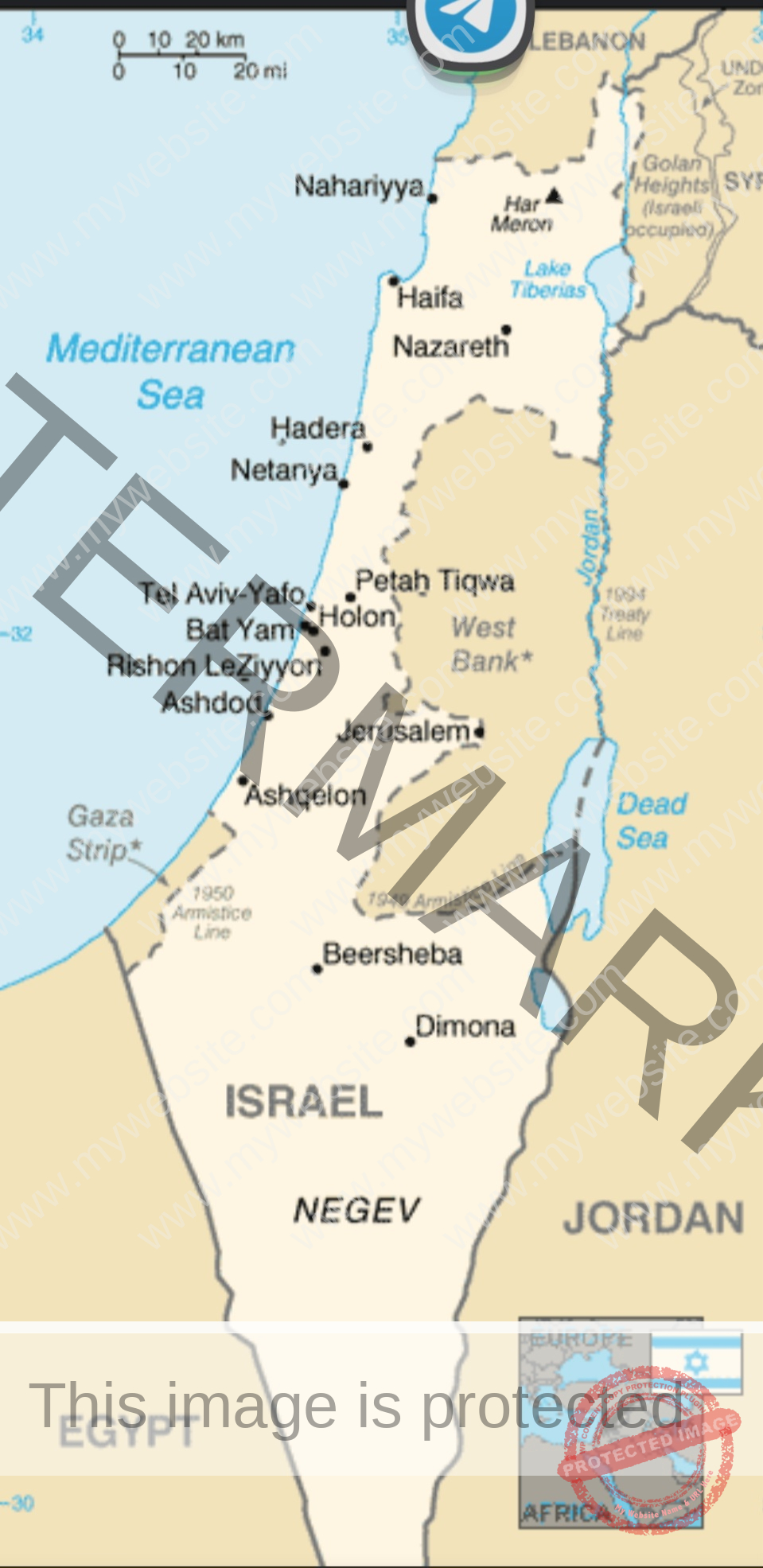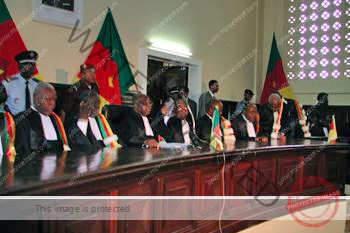By Ali Dan Ismael, Senior Geopolitical Correspondent
When the smoke began to rise over Gaza yet again in October 2023, the world stood still—not out of surprise, but from a familiar dread. What many called a Hamas offensive, others saw as a trigger to something far more ancient and sinister: a biblical war reenacted on digital battlefields, watched in real-time, mourned in silence, and questioned in political backrooms. Was this just a strategic blunder by Hamas? Or is this yet another orchestrated proxy war in a broader Western conspiracy aimed at reconfiguring the Middle East?
The Echoes of the Crusades
At first glance, this conflict seems modern—drones, AI surveillance, Iron Dome interceptions. But beneath the surface lies a historical rhythm: Jerusalem, religion, conquest, and resistance. The Crusades never truly ended. They evolved. They adapted. The West, cloaked in diplomacy and human rights rhetoric, never relinquished its thirst to control the Holy Land—not through knights now, but through alliances, weapon deals, intelligence domination, and selective justice.
This war between Israel and Hamas, though sparked by a bold incursion, reveals a deeper undercurrent: a civilizational confrontation, dressed as national security. For every missile launched, there’s a verse quoted, a legacy evoked, a civilization tested.
America’s Strategic Isolation of Palestine
Over generations, the United States has systematically consolidated Arab regimes—Saudi Arabia, the UAE, Egypt, Jordan—into a Western military orbit. Billions in defense contracts. Training programs. Surveillance partnerships. The result? A neutering of Arab solidarity and the suffocation of Palestinian resistance. Hamas, cornered and isolated, launched what might have been a final cry—or a calculated gamble. But what did they expect?
The Arab nations once feared by Israel are now its quiet collaborators. Camp David, Oslo, and now the Abraham Accords have redrawn the map not just of the Middle East, but of Arab loyalty. The Palestinians were left behind, a footnote in pan-Arab rhetoric, replaced by deals signed over champagne in Western capitals.
The Iranian Mirage
What signal, if any, came from Tehran? Iran, ever the rhetorical champion of the “Resistance Axis,” spoke loudly but acted with restraint. Did Hamas mistake solidarity speeches for military commitments? Did Hezbollah believe its regional deterrence could transfer to the narrow strip of Gaza?
Iran’s calculus remains grounded in survival. Its nuclear ambitions, domestic protests, and Western sanctions have limited its willingness to go beyond proxy gestures. Syria, once a bastion of Arab resistance, now lies in ruins—its regime hollowed by civil war, its sovereignty mortgaged to Russian and Iranian interests. Damascus can barely secure its own suburbs, let alone lend credible support to Hamas.
A Strategic Blunder or a Sacred Sacrifice?
To declare this a blunder is tempting—militarily, the cost to Hamas and the Gazan population has been catastrophic. But was it truly a mistake if the goal was symbolic resistance? In asymmetric warfare, victory isn’t always measured in land gained or soldiers saved. Sometimes, it’s about refusing to be forgotten.
Yet the images—children buried beneath rubble, hospitals turned into graveyards, mosques reduced to ashes—tell another story. A people trapped between resistance and realism, sacrificed on the altar of ideology and betrayal.
The West’s Cold Heart
What’s most chilling is the muted sorrow of the world. Human rights, that celebrated pillar of Western democracy, has been exposed for what it often is: selective empathy. In Ukraine, civilian casualties inspire aid, sanctions, and solidarity. In Gaza, they inspire excuses.
Israel’s disproportionate response has been met with diplomatic gymnastics, not condemnation. Western powers fund the war machine and then hold summits on humanitarian aid—as if morality can be subcontracted.
A Technological Holy War
This isn’t just a military conflict. It’s a war of narratives. Drones meet hashtags. AI-driven strikes meet TikTok testimonies. The battlefield is everywhere—and nowhere. The truth is contested in courtrooms and comment sections alike. Meanwhile, the real victims—Palestinian civilians and ordinary Israelis—remain trapped in a loop of violence, manipulated by forces far greater than their own.
Conclusion: A War Without End, a Conscience Without Anchor
The Israel-Hamas war is not just a regional conflict. It is a reflection of the moral bankruptcy of international diplomacy, the duplicity of Arab regimes, the hubris of Western strategy, and the tragic miscalculations of resistance movements.
In the end, this is less about military outcomes and more about historical reckoning. The so-called “clash of civilizations” has been reignited, not as a dialogue of faiths, but as a war of attrition—spiritual, political, and technological.
The question now is not whether Hamas made a mistake. The real question is: how long will the world continue to play chess with lives, while pretending it’s diplomacy?
Ali Dan Ismael
Senior Geopolitical Correspondent, The Independentist
Reporting from Cairo, Gaza, and Geneva





















Leave feedback about this